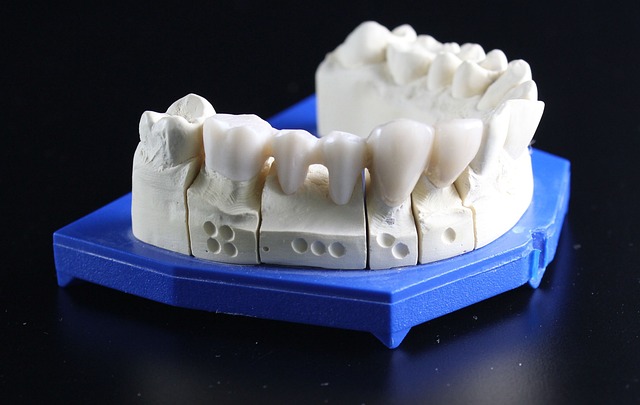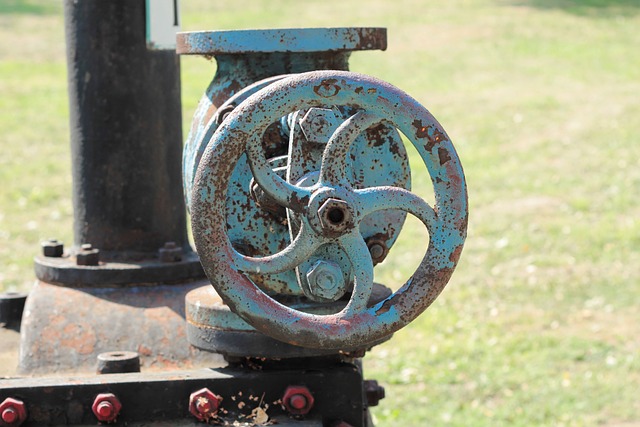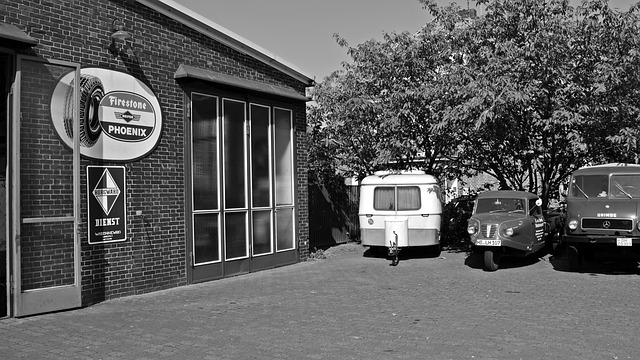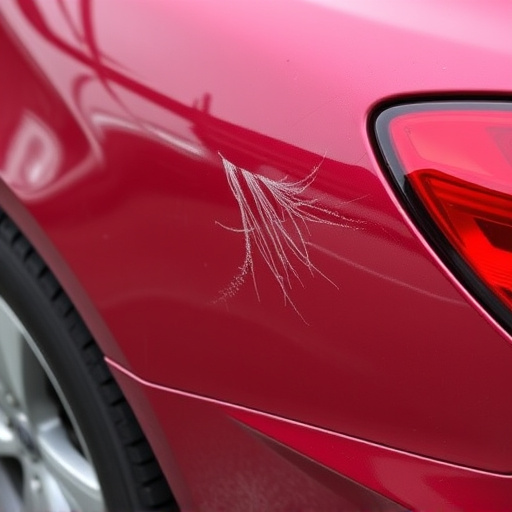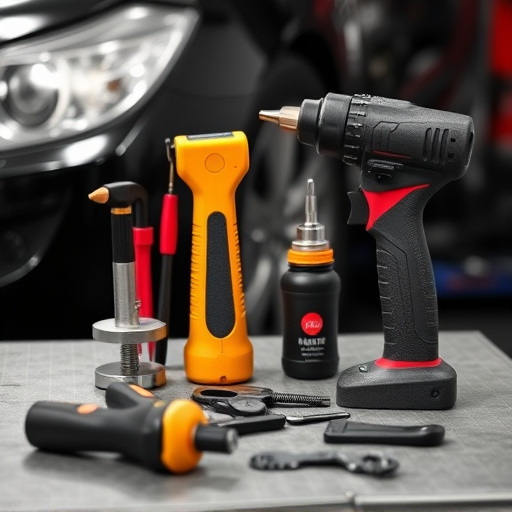Understanding your insurance policy and legal rights is crucial for efficiently navigating the collision claim process. By reviewing your comprehensive or collision clause, familiarizing yourself with claim procedures, and knowing your repair options, you gain the knowledge to make informed decisions. This ensures fair compensation for vehicle repairs, smooth communication with adjusters and centers, and a faster return to driving after a collision. Comprehending collision coverage terms helps anticipate challenges and streamline the collision claim process.
“Streamlining the collision claim process is essential for a swift resolution, minimizing stress, and ensuring fair compensation. This article provides 10 practical tips tailored to help you navigate this often complex procedure efficiently. From understanding your insurance coverage and documenting every detail to effective communication with your insurer and trusted repair shops, these strategies empower you to take charge. By following these steps, you can facilitate a smoother collision claim process, leaving you with peace of mind during an otherwise challenging time.”
- Understanding Your Rights and Insurance Coverage
- – Know your policy details
- – Familiarize yourself with collision coverage
Understanding Your Rights and Insurance Coverage

Knowing your rights and insurance coverage is a crucial step in navigating the collision claim process faster. Before accepting any settlement offer or beginning repairs, review your policy documents carefully. Understand what is covered under your comprehensive or collision clause, including deductibles and limits. Familiarize yourself with your insurer’s procedures for filing claims and documenting damages. This knowledge empowers you to actively participate in the process, ensuring that all necessary details are considered and that you receive fair compensation for any vehicle collision repair or car restoration work required.
Additionally, be aware of your legal rights as a policyholder. In many jurisdictions, you have the right to choose your own repair facility for vehicle collision repair, even if your insurer offers a preferred list. This choice can influence the quality and cost of repairs, impacting the overall collision claim process. Knowing your rights allows you to make informed decisions, potentially saving time and money while ensuring your vehicle is restored to its pre-accident condition through top-tier collision repair services.
– Know your policy details

Understanding your insurance policy is a crucial first step when navigating the collision claim process. Knowing exactly what your coverage entails, including deductibles and limits, will empower you to make informed decisions throughout the repair journey. Familiarize yourself with the terms and conditions to ensure you receive the appropriate level of compensation for any vehicle body repair or car collision repair expenses.
This knowledge allows you to communicate effectively with insurance adjusters and collision centers. You’ll be better equipped to discuss the scope of work, expected costs, and timeline for repairs, ensuring a smoother transition back onto the road after your collision experience.
– Familiarize yourself with collision coverage

Understanding your collision coverage is a pivotal first step in navigating the collision claim process faster and with fewer headaches. Before initiating any claims, take time to thoroughly read and comprehend the terms, conditions, deductibles, and exclusions detailed within your auto insurance policy’s collision coverage section. This knowledge equips you to anticipate potential challenges and proactively address them, streamlining the subsequent repairs and reimbursement steps.
Knowing what your insurance covers for vehicle bodywork damage, including services like dent removal or car dent repair, allows for quicker decision-making during a claim. It empowers you to communicate effectively with both insurers and repair shops, ensuring everyone is aligned on expected outcomes. This clarity can significantly shorten the overall collision claim process, saving time and effort in what might otherwise be a stressful situation.
Managing a collision claim efficiently is key to minimizing stress and ensuring fair compensation. By understanding your insurance policy, documenting all relevant details, and staying organized throughout the process, you can navigate this challenging situation with greater ease. These 10 tips serve as a practical guide to expedite the collision claim process and help you regain control after an accident.







